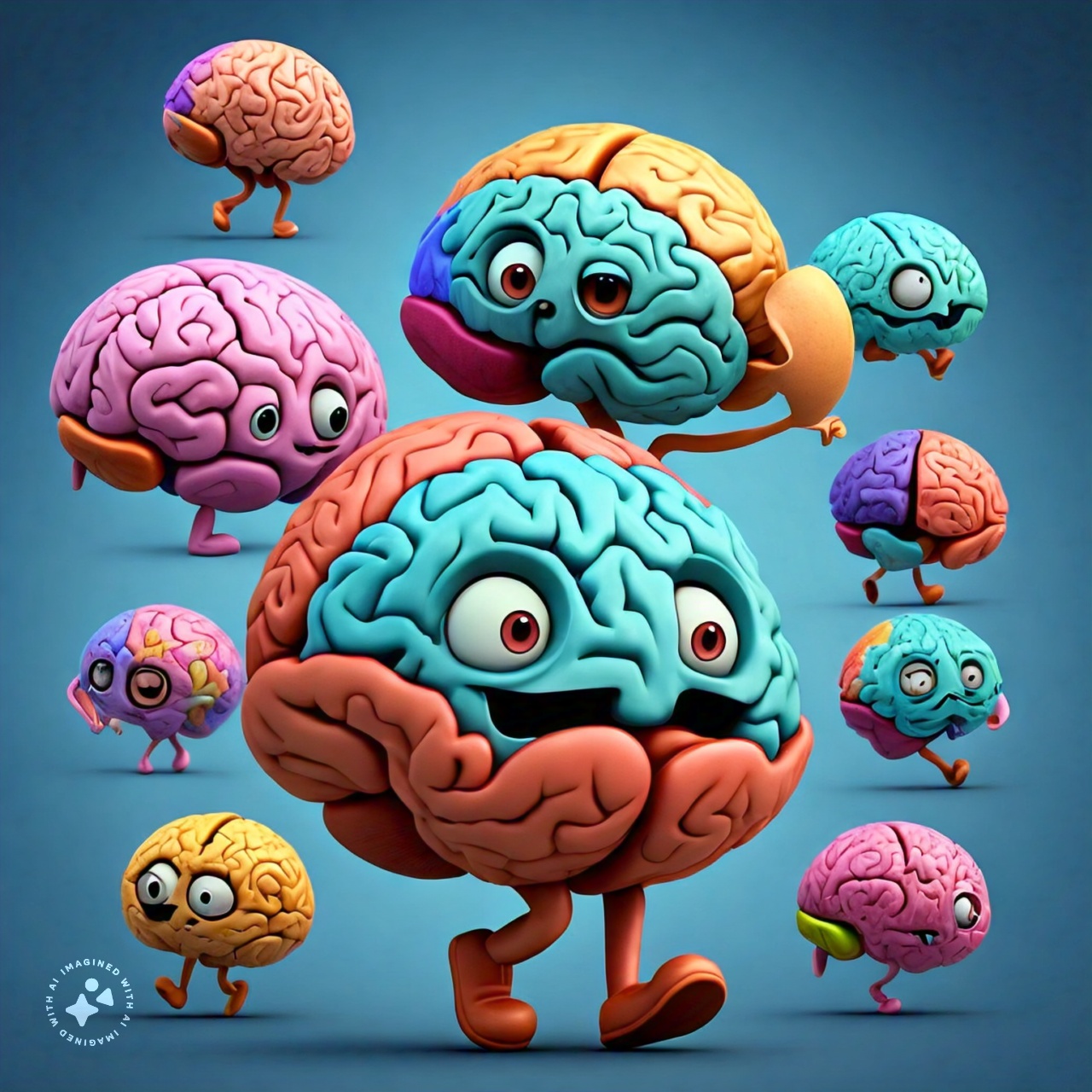I’ve been lucky enough to have four major careers, and a bachelor’s degree that has nothing to do with any of them (LinkedIn), so I’ve been exposed to patterns that aren’t commonly seen by a single individual person. With each of my professional careers, there were different cultures, ways of thinking, complaints, etc, but one thing I noticed across them all is top-line and bottom-line thinking. This thinking spans every person, every project, every product, every job role, etc. It spans finance, investing, sales, engineering, etc. Let me try to explain it with a table and a bunch of examples:
| Thing | Top-Line | Bottom-Line |
| CEO | Aggressive CEO who tries to find new market needs, and develop new products | Colloquially referred to as a bean-counter CEO. More focused on cutting costs, then making more money |
| Sales Person | Hunter: somebody that goes out and bangs on doors, really finds net-new sales. Tries to sell the new products on the truck. | Farmer: somebody who goes back to the people and accounts they already know well, hoping to renew their contracts or maybe lightly upsell them a bit |
| Engineer | Builds net-new software projects and products. Sees business problems and tries to build software to solve them. | Maintains existing software, fixes bugs, fixes security issues, reduces technical debt. |
| Systems Administrator | Finds things to automate, looks for places to make things run better, faster or cheaper | Fixes problems as they happen, answers email requests from users, handles tickets. |
| Business | New businesses which are still adding capabilities quickly, or expanding into new markets. | Mature businesses which are adding incremental capabilities or slowly renewing business in existing markets. |
| Doctor | Adopts new methodologies in surgery and/or care. Pays attention to the latest-greatest literature, etc | Does the bare minimum training each year, but has a great relationship with a bunch of long-term patients. |
| Lawyer | Trying new cases, with new prosecution styles, or new defense moves. | Doing contract law for a corporation. |
| Technology | New technology with features and capabilities advancing rapidly (Artificial Intelligence). | Mature technology that is very reliable, in fact adding new features too quickly would be a liability (Gmail) |
To be clear, I’m not claiming one is more important than the other. They’re both necessary for a well rounded individual, healthy society, successful business. In fact, often these two things will live side-by-side in the same business. It’s very common for a business to rely on the stable, slow growing part, to fund the innovation in another part. It’s common for an individual to focus on new learning in part of their life, while not making major changes with their house, family, or religion. All people and all things have some combination of both. They’re both respectable.
Some people and things have a nature or a bias towards one or the other, and we often talk about them in pejorative ways. Here’s another table of examples:
| Thing | Description |
| Tim Cook | CFOs are renowned for being bean-counters and they struggle to shrug it off. Tim so desperately wants to shrug off that stereotype, and I think he might be able to, but he hasn’t yet. |
| Elon Musk | Full-on top-line thinking, to a fault. He barely wants to think about maintenance, human resources, legal, etc. He laser focuses on the top-line, net-new technology or sale. |
| Linux in 2024 | Has been around for 33 years at the time of this writing, and is very mature. It’s pretty easy to stay on top of the innovation day-to-day. |
| Kubernetes in 2019 | It was nearly impossible for any one person to track what was going on in this technology and ecosystem, so most of us had to rely on gut feelings, frameworks, and fuzzy logic |
| OpenAI in 2024 | Very much a top-line company right now. Only thinking about getting new users, and developing new technology |
| Satya Nadella, Bill Gates, Warren Buffet, Sam Altman, Jim Whitehurst | These guys are pretty balanced, and even keeled. They can do both top-line and bottom-line thinking pretty well. |
| Ozempic in 2024 | Very much in a top-line place, finding more and more uses right now! |
Too much top-line or bottom-line thinking almost always leads to disaster. Hewlett needed Packard. Steve Jobs needed Tim Cook. Elon Musk is off the rails because he doesn’t have a Tim Cook. The CEO of Southwest is a classic bean-counter that ran the company’s computer system into the ground with no investment. There is a Goldie Locks zone, where the porridge is just the right temperature, not too cold, not too hot, and we should all strive for that balance. A bonus is, if you strive for that balance you usually won’t get type-cast, unless the other person is a bean-counter, or overly aggressive.
I have a buddy who’s a bean counter, and he thinks I’m overly aggressive, because he’s a bean counter. But, the best compliments I’ve ever received, the most valuable to me, are from other well balanced people who find it rewarding to collaborate with another person who can quickly and fluidly jump back and forth between both styles of thinking. We all have our biases, and they change based on our mood, the weather, whether we’re overwhelmed emotionally, etc, etc, but I hope this article helps you become more self-aware about which style of thinking you’re using.
